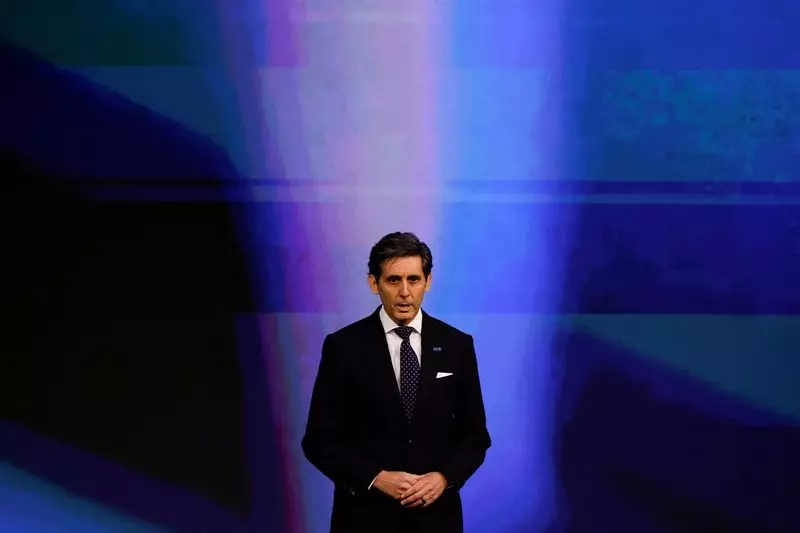Amidst ongoing transformations in the telecommunications landscape, SEPI, Spain’s state-owned investment fund, has initiated a proposal to replace Telefonica’s current Chief Executive Officer, Jose Maria Alvarez-Pallete. Leading the company since 2016, Alvarez-Pallete has navigated a plethora of challenges, including fierce market competition and significant capital requirements for advancing technologies like 5G. As the prospect of a leadership transition looms, Marc Murtra, the executive chairman of defense contractor Indra, has emerged as a likely successor, according to sources familiar with the situation.
Marc Murtra’s track record at Indra, where he has concentrated efforts on expanding the firm’s defense and aerospace segments, offers a fascinating parallel to Telefonica’s current strategic dilemmas. With European nations ramping up military budgets amid escalating geopolitical tensions, Murtra’s experience could be instrumental in redefining Telefonica’s own operational strategies. Notably, Indra is partially state-owned and aligns closely with SEPI, the very entity proposing this pivotal change. Under Murtra’s stewardship, Indra’s focus on growth underpinned by government partnerships suggests he could usher in a new era of public-private collaboration at Telefonica.
The proposed change comes during a critical juncture for Telefonica, particularly concerning the impending annual general shareholders’ assembly, where Alvarez-Pallete’s term is due for renewal. The dynamics of shareholder interests cannot be overlooked; SEPI’s recent acquisition of a 10% stake in Telefonica has positioned the Spanish government as a significant player, thus intensifying the shareholder debate. If this leadership transition moves forward, it would necessitate ratification during the upcoming assembly, emphasizing the delicate balance of power between the government and private shareholders.
Another dramatic facet to this unfolding narrative is the ongoing operational challenges within the telecommunications sector. Competition has mounted throughout Europe, placing pressure on profit margins. Literally and figuratively, Telefonica’s focus has been skewed towards divesting from existing mature businesses—including its submarine cable operations and mobile masts—to finance substantial investments in next-generation infrastructure, like optical fiber and 5G capabilities. This strategic pivot reflects industry-wide trends where telecom companies are compelled to innovate amidst rising customer demands and regulatory pressures.
On the broader spectrum, Telefonica’s situation mirrors the evolving story of telecommunications globally, where companies are increasingly grappling with the convergence of technology and national interests. As the potential appointment of Marc Murtra is considered, it symbolizes not only a potential change in leadership but also a shift in strategy at the confluence of state and corporate interests. The future will unveil whether SEPI’s gambit to realign Telefonica’s leadership will bring the requisite agility to bolster its market positioning in a rapidly changing industry. For now, all eyes remain on the board meeting set to discuss the fate of Jose Maria Alvarez-Pallete at Telefonica, with implications extending far beyond the company’s immediate boardroom conversations.

